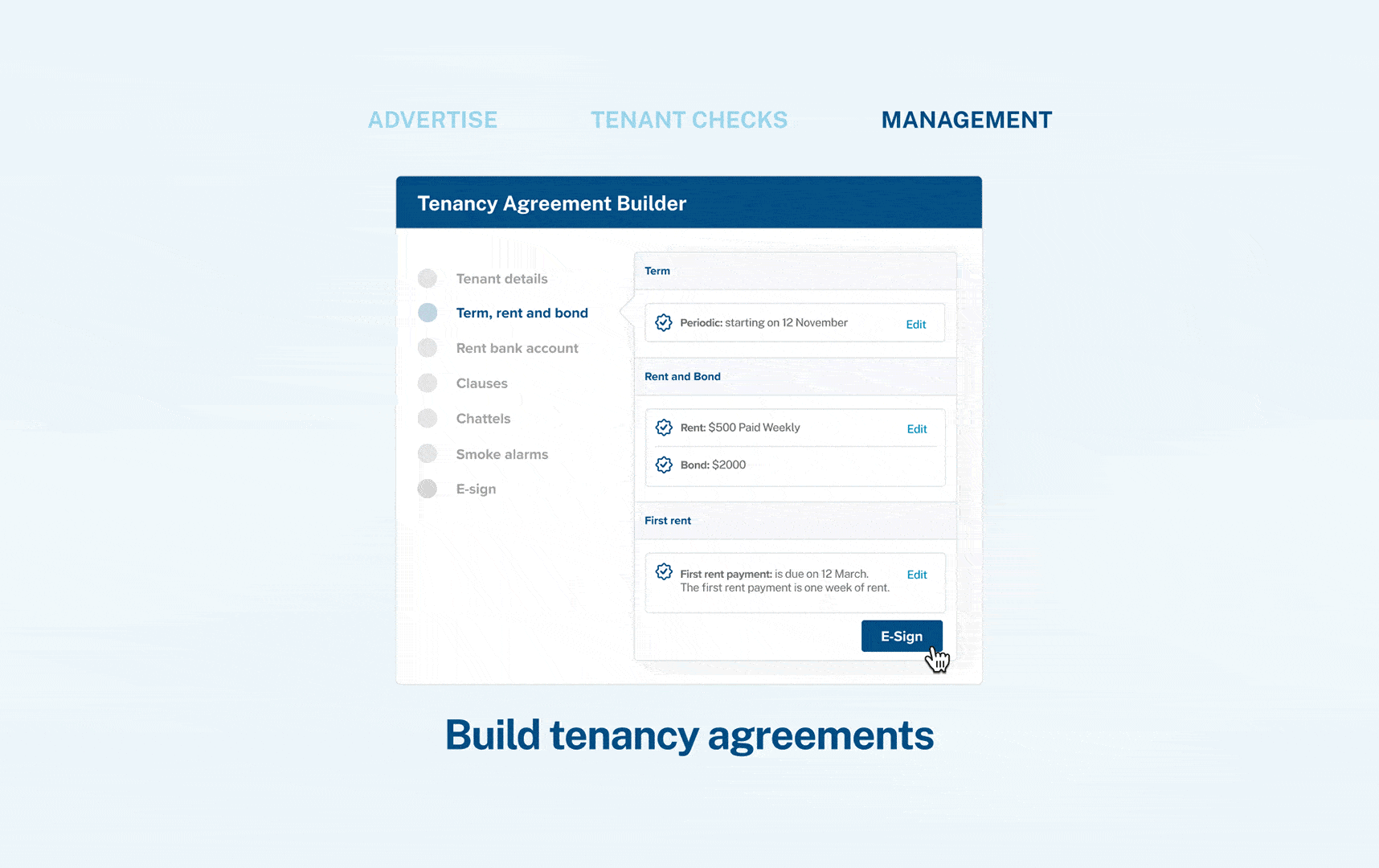What is Assignment?
Assignment occurs when a tenant transfers all their rights and responsibilities under a tenancy agreement to another person. Essentially, the original tenant passes on the remainder of their tenancy to a new tenant, who steps into their shoes. The new tenant assumes responsibility for paying rent, maintaining the property, and complying with the original tenancy terms for the duration of the lease. Once the assignment is complete, the original tenant no longer has any obligations to the landlord.
While some tenancy agreements may include clauses about assignment, landlords cannot refuse an assignment request without good reason. Under the RTA, landlords must act reasonably when considering such requests and provide written reasons if they decline. This ensures that tenants aren’t unreasonably prevented from transferring their tenancy if their circumstances change.
What is Subletting?
Subletting, on the other hand, allows a tenant to rent out part or all of the property to another person, known as the subtenant. Unlike assignment, the original tenant remains legally responsible to the landlord under the terms of the tenancy agreement. This means that even though the subtenant might be living in the property and paying rent, the original tenant must still ensure the rent is paid on time and that the property is well maintained.
In subletting arrangements, the landlord retains their contractual relationship with the original tenant. If the subtenant causes damage or fails to pay rent, the landlord can hold the original tenant accountable.
Key Differences
The main distinction between assignment and subletting lies in the responsibility:
-
Assignment transfers all rights and obligations to the new tenant, releasing the original tenant from the tenancy.
-
Subletting keeps the original tenant responsible to the landlord while allowing another person to live in the property.
A key point to note is that even if the tenancy agreement contains clauses about assignment or subletting, landlords are still legally required to consider tenant requests for assignment. According to amendments to the RTA, landlords cannot unreasonably withhold consent for assignment. This doesn’t mean that landlords must always say yes, but they need to provide valid reasons if they refuse. A landlord’s refusal without good reason can be challenged by the tenant, and in some cases, the Tenancy Tribunal may intervene.
The information contained in this article is exclusively for promotional purposes. It does not in any way constitute legal advice and should not be relied upon as the basis for any legal action or contractual dealings. The information is not and does not attempt to be, a comprehensive account of the relevant law in New Zealand. If you require legal advice, you should seek independent legal counsel. myRent.co.nz does not accept any liability that may arise from the use of this information.


